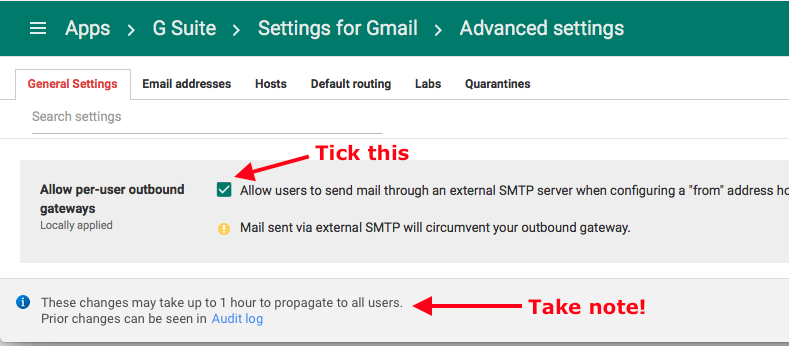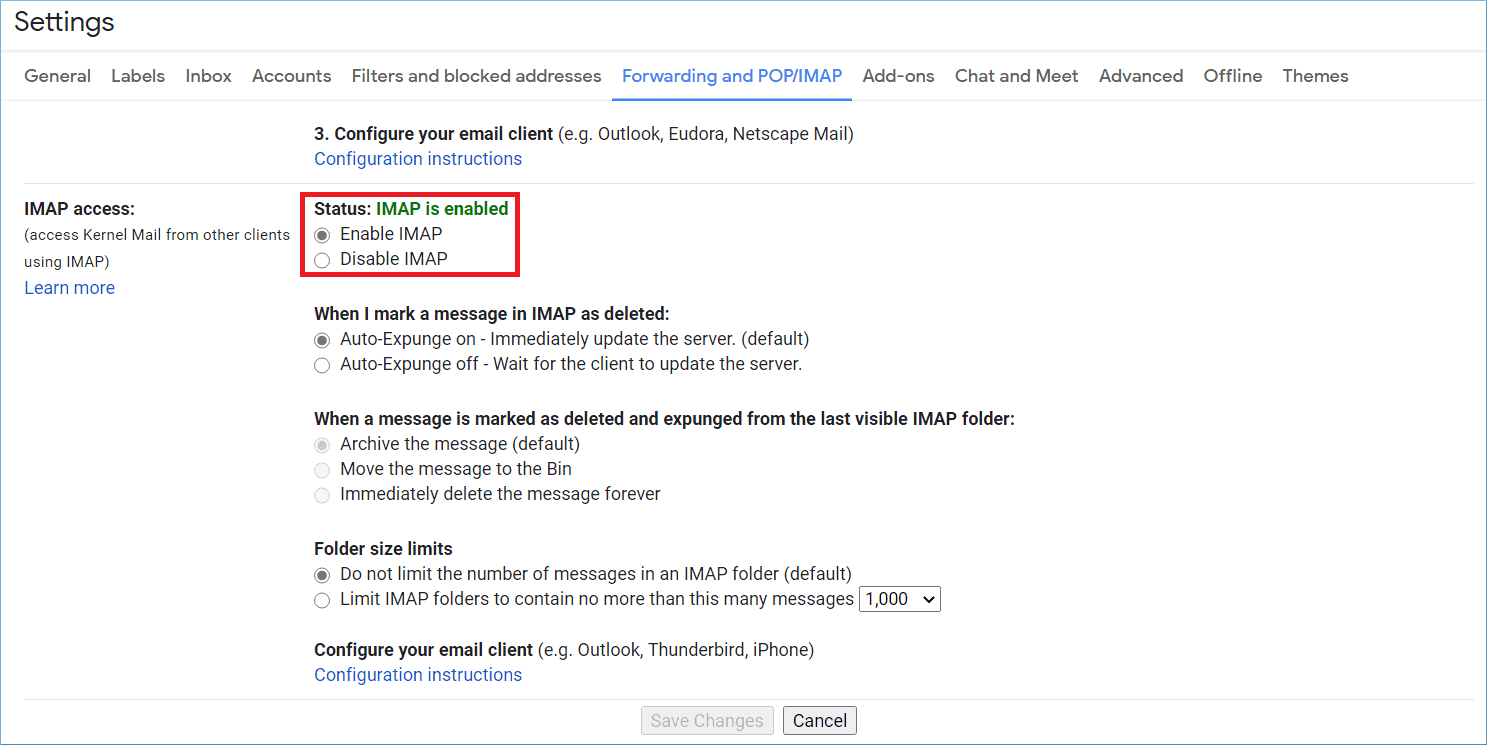
Email delivery is split: Gmail users use their Google Account, while everyone else continues to use the legacy system. Email for other people can be routed to your legacy mail server. When an email for a user with a Google Account arrives, it will arrive in Gmail. However, be sure to only create Google Accounts for people involved in testing G Suite. To start your test of G Suite, set up what Google calls “split delivery.” With a split delivery setup, you setup G Suite, then point your MX (mail exchange) records to Google’s mail servers. It isn’t so much a test to make sure G Suite works - we know it does! Instead, it’s a test to understand exactly how G Suite enables people to work more efficiently. That’s why we recommend you test G Suite before you deploy. But people need time to learn how to use new tools. With Google Groups, multiple people can share a collaborative inbox, which can result in faster responses to customers. A managed migration lets you lead people to more effective processes at a steady pace.Īnother way to put it: a move to G Suite is a chance to change how people work.

But a 72-hour switch to G Suite from your legacy mail system probably isn’t prudent. G Suite is a proven enterprise collaboration system: the technology works.

That said, G Suite works well with legacy systems.

A switch to G Suite transforms email from an on-site server into a service.


 0 kommentar(er)
0 kommentar(er)
